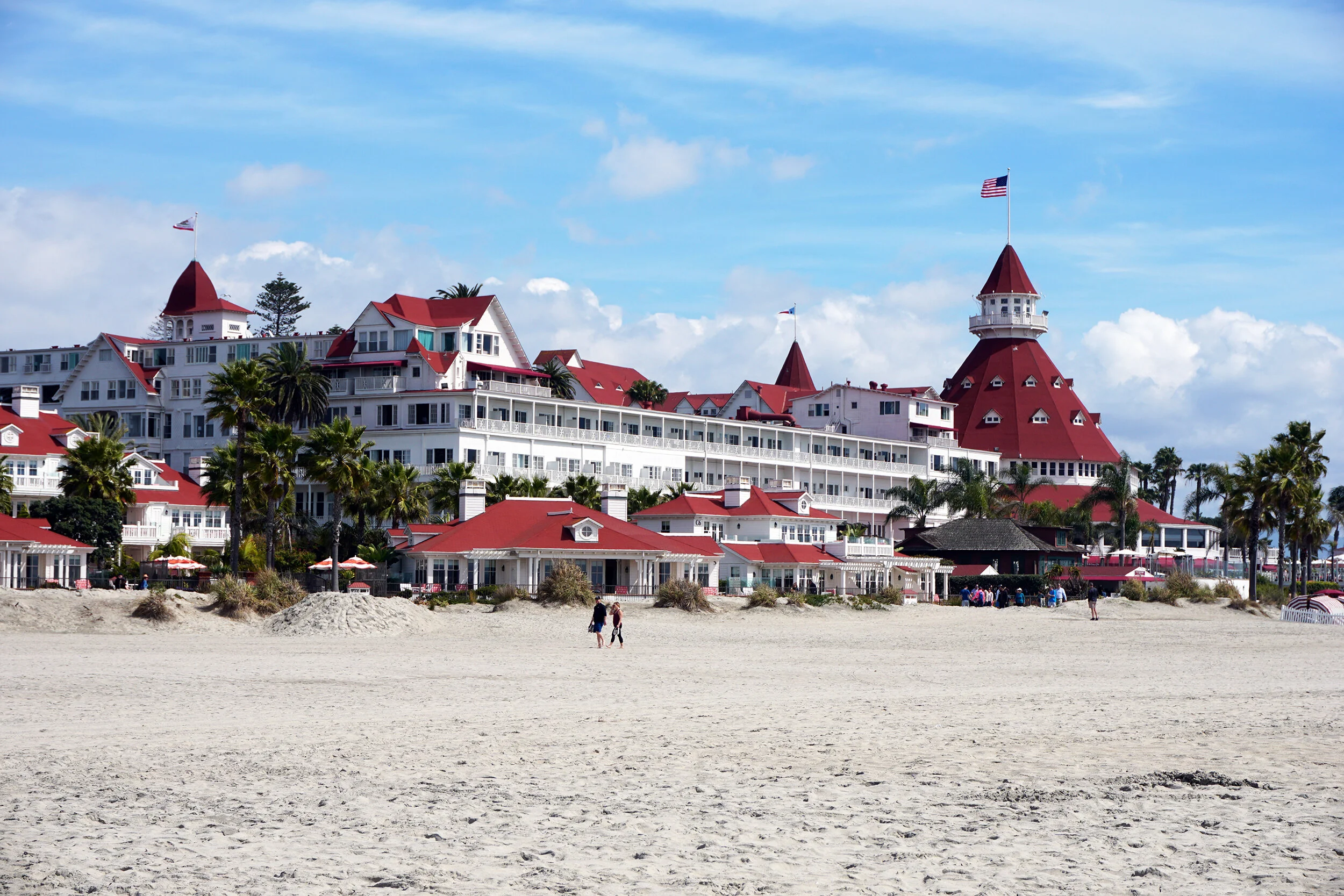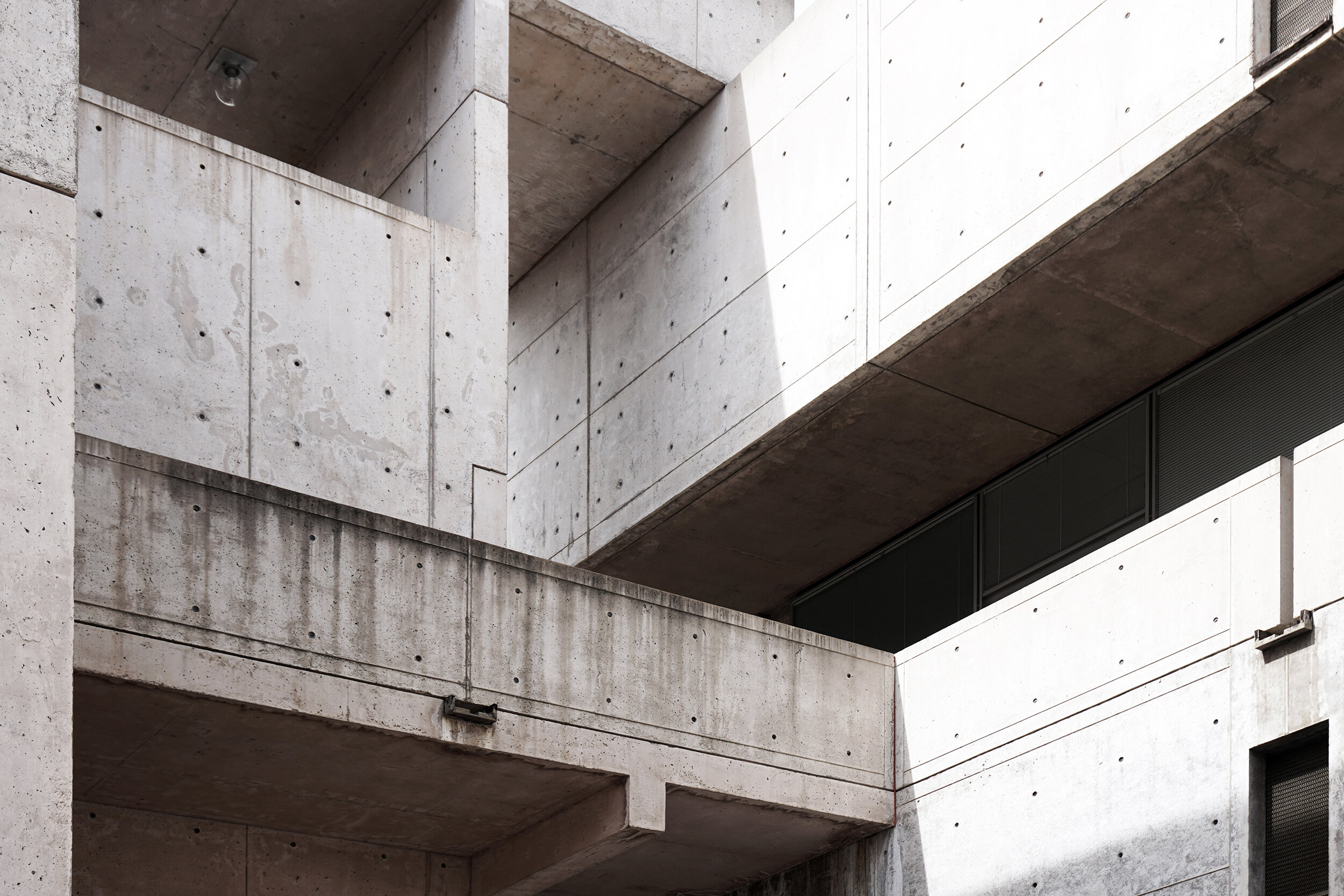
Page 1 of 2
San Diego
Moonlight shattered on this stretch of sea, how many times I’ve stood here mapping things out differently, but I can’t go back, no, I can’t go back
The AIA (The American Institute of Architects) is an oddly organized organization. At its top level is AIA National, which, as its name implies, is the national face of the organization. They manage my credit transcript, advocate for architects, and spearhead national initiatives, among other things. After that things start to get a little weirder as the makeup of the organization changes dramatically from state to state. Here in New Jersey, there are two additional levels below National- a State organization and a Local one. In a world where the National level is staffed and well funded and the State level is staffed and reasonably well funded, the local level, where most members have actual interaction with the organization, is an all volunteer effort on a shoestring budget. Once every Spring, the AIA gathers representatives from across all levels of its oddly organized organization for an annual leadership conference called Grassroots, a chance to try and unify so many disparate pieces into a more coherent AIA. As 2018 President and representative of my local section (AIA Architects League of Northern New Jersey), I was invited to attend that year’s Grassroots in sunny (except for that week) San Diego, California.
Grassroots (as an experience) is better than you think it is. There are individual classes, receptions, meetings and presentations, but the real value is understanding what the AIA actually is, which is the only way to understand what it can be. Every chance I had, I went out of my way to meet people from as many different places and states and chapters and sections as possible, to try and understand their problems and their approaches. After all, in an oddly organized organization, it’s not about the organization (however oddly its organized), it’s really all about the people running it.
So while I spent three (or four) days trapped inside the San Diego Marriott Marquis honing my leadership skills, I did find time both before and after Grassroots to get out into the city and enjoy where I was. Our first stop (not counting the last picture of Old Town San Diego which I didn’t even talk about) was the ferry to Coronado Island. From the ferry terminal, it was a straight, mile and a half walk across the island on Orange Avenue to the beach, to the Pacific and to the Hotel del Coronado.
I had initially looked at staying here for Grassroots, but the distance and logistics were too difficult based on the somewhat grueling Grassroots schedule. so instead I opted to attend a tour. Operated by the Coronado Historical Association, the tours were led by a woman who definitely knew the hotel, taking us in and out of all of the important rooms and up and down corridors that made little sense- apparently when it was designed in the 1880s, intuitive wayfinding had not yet been discovered.
Carlsbad, California isn’t all that far north of San Diego, maybe a half hour if you’re lucky, although you should always plan on it taking longer because the chances that there are no accidents on the 5 (especially when it was raining) are pretty damn low. Yes, in the rain, I intentionally decided to drive up to Carlsbad for the only good reason to go to Carlsbad, to see Legoland. After all (I thought), it wouldn’t be all that busy. I mean, what kind of monster would intentionally go to Legoland in the rain?
This first picture from wet (and surprisingly busy) Legoland remains completely open to your interpretation, One explanation is that this hot dog and shark are friends, and together they are saying hi to that small child. Another equally valid explanation is that the friendly hot dog is being used as bait to lure the child closer to that dangerous, dangerous shark. You decide.
There are lots of reasons to go to Legoland (they have some surprisingly fun and weird rides), but not a lot of reasons to go to Legoland in the rain. One exception (and the real reason I went) was to return to Miniland USA which, as its name implies, consists of US landmarks of varying scales made completely out of Legos. So if you’ve ever wanted to stand in the rain and see a mini prison chain gang about to be attacked by space aliens, or a find Waldo in a mini half Grand Central Terminal (he’s most definitely there), or watch a mini DJ with a lot of Lego hair performing in front of a mini WTC PATH Station, or even look at a mini Lego guy in his underwear possibly holding an Olympic torch underneath the Welcome to Las Vegas sign, then all I can say is welcome to Miniland USA.
I did build in some non Grassroots time, which is how I got to Coronado and Carlsabd, among other places (see Page 2 for that). But for as many times as I have been to San Diego (I think it’s been like four), I had never really spent that much time downtown. After all, what is going on there that really beats a trip to the zoo (or even to the other zoo)? I don’t have an answer for that, although this trip I started taking baby steps out into downtown to see what I’ve been missing. And by baby Steps, I mean the very pretty Santa Fe Depot (it was on the way to the Coronado Ferry) and the Gaslamp Quarter (literally it was like a block and a half from the hotel).
The deepest into downtown that I got was a quick trip to see the San Diego Central Library, designed by Rob Quigley recommended as a must see by one of the other architects that I met at Grassroots. It is an interesting building where an awful lot of things are happening at the same time, everything from huge concrete arches in the lobby to a superstructure of metal screening that kind of creates a dome from a distance, and even a surprise courtyard on the roof that felt like your very own skyspace. Individually the pieces and design moves were interesting, but taken together it was a lot to take in to be honest.
During Grassroots, I spent a lot of time at the Marriott Marquis, home of the conference and home for me, at least for a few days. A typical day at Grassroots starts at 7am with a welcome breakfast, followed by a three hour plenary session, followed by lunch and keynote presentation, followed by breakout sessions, followed by workshops and classes. Before you know it, it’s 5pm and you’re already ten hours into your non stop day and you’re already starting to think about what meetings and receptions you plan on attending that night. But sometimes you have just enough of a break between all of those non stop plans to briefly go back up to the room, notice a damn fine sunset, take a picture of said damn fine sunset, and dive right back in to whatever your calendar says you’re supposed to be doing.

